News & Insights
Sustainable solutions: how companies are shaping the built environment in the face of climate change
The actions companies take with their buildings can have real and long-lasting impact on climate change. This article discusses how to create impact with real-world examples.
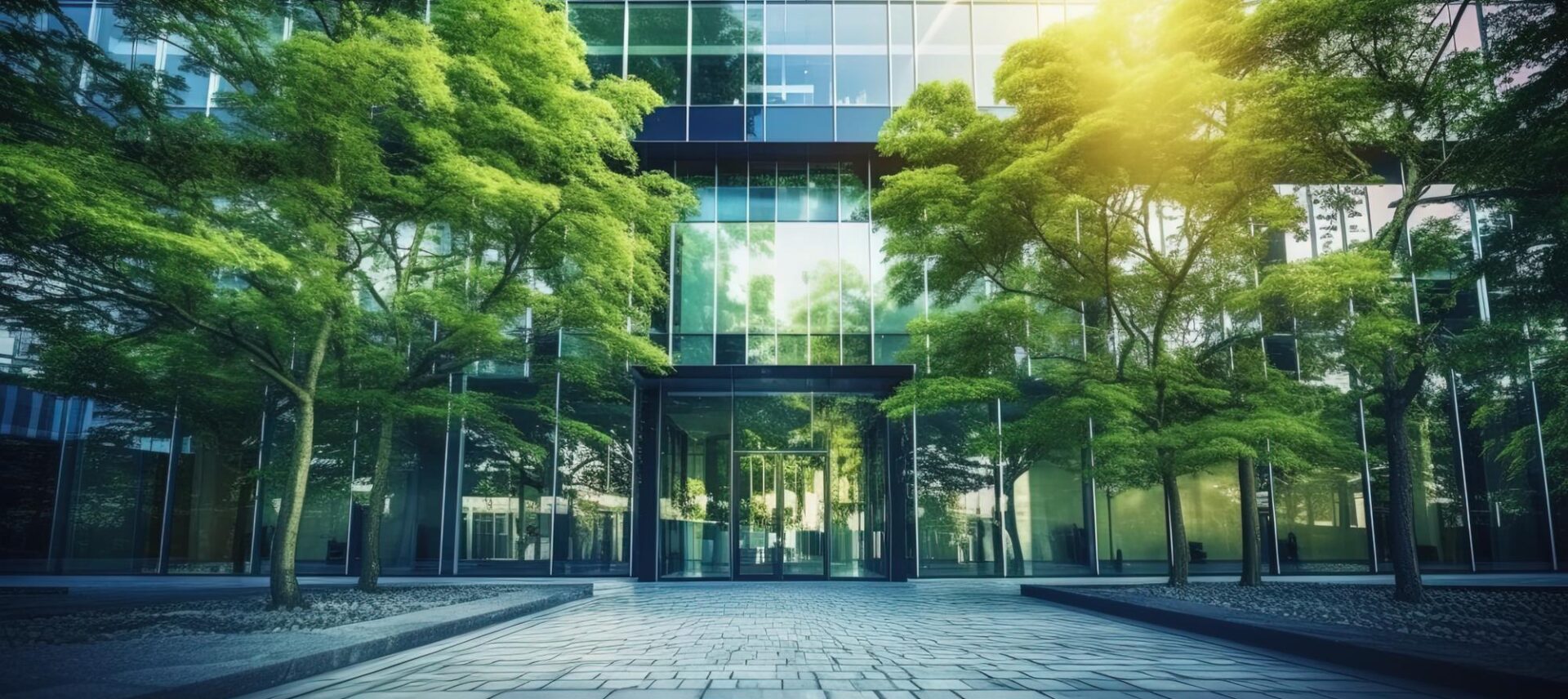
Contributors: Darin Anderson and Carl Salas
Climate change has become an urgent global concern, and as a result, companies around the world are stepping up their efforts to address this pressing issue. In recent years, many corporations have made significant commitments to sustainability, recognizing their role in shaping the built environment and mitigating the effects of climate change. These commitments not only align with the growing focus on Environmental, Social, and Governance (ESG) principles but also contribute to a more sustainable future for our planet.
Corporate commitments and metrics to meet climate change
Companies across various industries are increasingly embracing sustainability as a core value and incorporating it into their business strategies. These commitments signal a paradigm shift towards environmentally conscious practices.
To track progress, companies are increasingly shifting to reporting on ESG initiatives when they quantify their company’s value. Metrics such as carbon footprint reduction, energy efficiency improvements, and waste reduction are commonly employed in the “E” reporting of ESG.
Here’s a sample of climate commitments by multinational corporations:
- Amazon launched The Climate Pledge—a commitment to reach net zero carbon emissions by 2040.
- American Airlines plans to reach net zero by 2050 by reducing scope 2 emissions by 40% by 2035. More than 90% of American’s total carbon footprint, including scope 3 emissions, comes from the use of jet fuel. [For a definition of scope 1, 2, and 3 emissions download our ESG Conversation Guide]
- Apple has a commitment to be 100% carbon neutral for its supply chain and products by 2030.
- AT&T plans to achieve carbon neutrality (scope 1 and scope 2 emissions) by 2035.
- CBRE has committed to a net zero goal by 2040. CBRE has also committed to an industry-leading target for emission reductions in the facilities and properties it manages around the world (scope 1, 2, & 3)
- Google is committed to decarbonizing their energy consumption so that by 2030 they will operate on carbon-free energy everywhere, 24/7.
- IBM will reduce scope 2 and scope 3 greenhouse gas (GHG) emissions 65% by 2025 against base year 2010 and reach net zero by 2030.
- Red Hat has a net zero goal by 2030 or sooner. Red Hat will reduce its scope 1 and scope 2 GHG emissions 65% by 2025 against 2019 numbers. They are also prioritizing energy efficiency efforts and renewable energy procurement, including a goal to achieve 75% renewable electricity by 2025 and 90% by 2030.
The built environment as a touchpoint for climate change
The built environment, including buildings, infrastructure, and urban spaces, plays a vital role in climate change mitigation and adaptation. Architecture 2030 estimates that buildings are responsible for 40% of global greenhouse gas emissions.
Looking ahead to 2040—the year top climate scientists warn the planet will warm to 1.5°Celsius above pre-industrial levels without dramatic decreases in greenhouse gas emissions—approximately 2/3 of the global building stock will be buildings that exist today. Furthermore, this global building stock is expected to double by 2060.
To effectively address these challenges, companies and design teams are embracing sustainable practices with a focus on reducing emissions and enhancing resilience. But it’s a big challenge. Achieving the goal of zero emissions from new construction necessitates the development of energy-efficient buildings that operate without the use of on-site fossil fuels: buildings that are powered entirely by on- and/or off-site renewable energy sources.
By prioritizing sustainable construction practices, companies can make significant strides towards combating climate change. This entails implementing energy-efficient designs, utilizing renewable energy sources, and adopting innovative technologies to reduce emissions across the entire life cycle of buildings. Furthermore, retrofitting existing structures with energy-saving measures can also contribute to emissions reduction.
How Salas O’Brien is helping clients meet climate change commitments
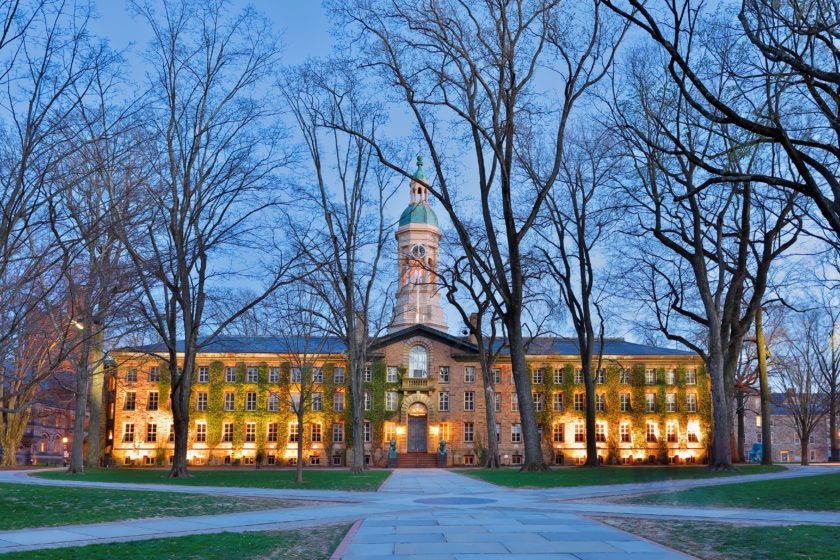
Princeton University. Salas O’Brien is well known for helping universities transition the energy systems on their campuses. We developed the master plan for Princeton University to support the conversion of 180 buildings on campus from a steam-based system to a low-temperature heating hot water system, including design and implementation, to help the university reach net zero carbon emissions by 2046.
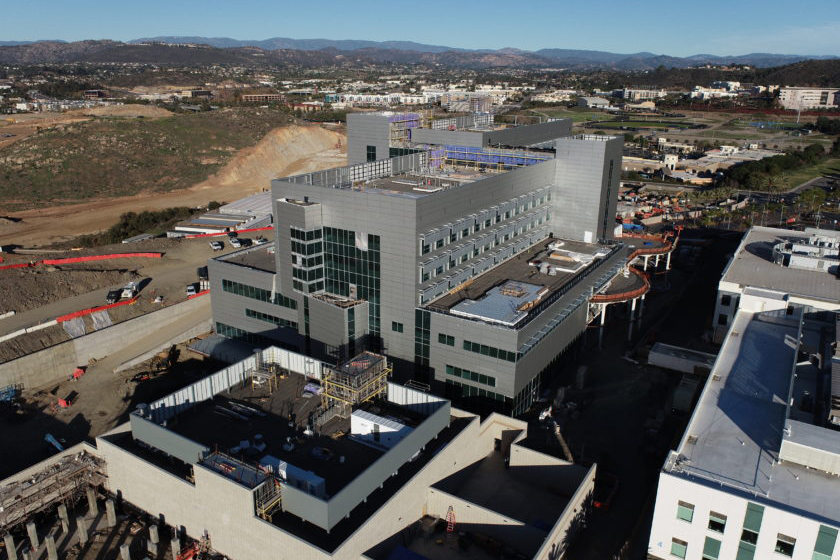
Kaiser Permanente San Marcos Campus. Salas O’Brien works extensively in healthcare, including providing electrical engineering for the first new Kaiser hospital with a microgrid with on-site power generation,provision for photovoltaic and battery connection, and low-voltage DC lighting systems with Class 2 wiring, The project achieved LEED Platinum certification.
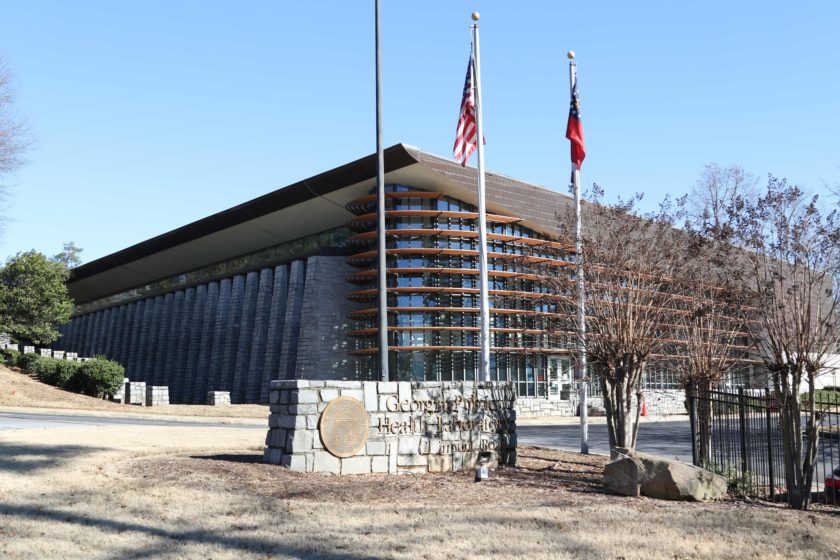
Georgia Public Health Lab. Salas O’Brien conducted retrocommissioning (RCx) for a 67,000 square foot, 2-story laboratory facility located in Atlanta, Georgia. The selected energy conservation measures (ECMs) were carefully evaluated to ensure a payback period of no more than 7 years with an energy savings of 848,870 KWh and natural gas savings of 68,570 therms.
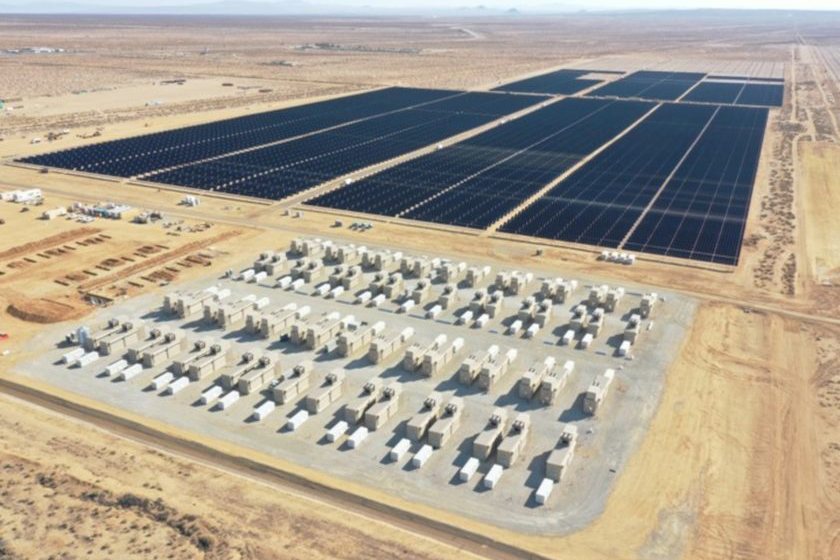
Edwards Air Force Base Photovoltaic Program. Salas O’Brien facilitated design and procurement of one of the largest solar arrays in North America which powers up to 238,000 homes, prevents ~800,000 metric tons of GHG annually, and yields up to $80 million for future DoD resilient energy projects.
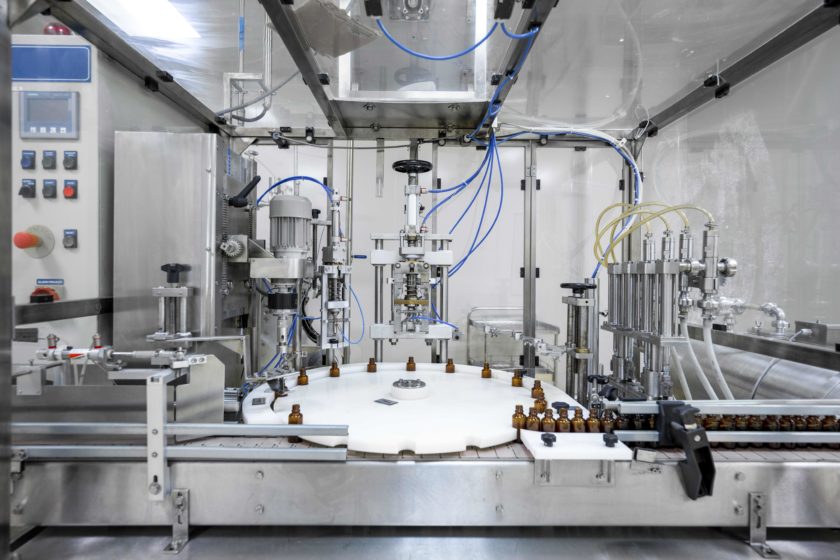
Major International Pharma Manufacturing Plant. Salas O’Brien designed a new combined heat and power system (CHP) for a carbon neutral manufacturing facility to support the client’s goal of achieving carbon neutrality by 2025 and taking the next step of becoming carbon negative by 2030.
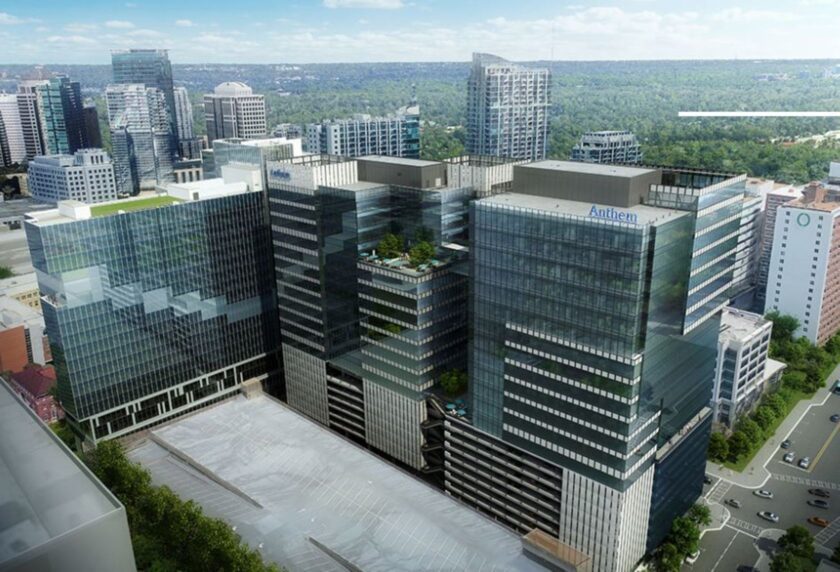
712 West Peachtree. Salas O’Brien provided both LEED and Fitwel sustainability consulting, including energy modeling, and commissioning for the 22-story tower, which contains 310,000 square feet of office space and retail attached to a 516-space parking structure.
Impact on the bottom line for organizations
Adopting sustainable practices in the built environment can yield substantial benefits for companies beyond environmental stewardship. Energy-efficient buildings often experience reduced operational costs through lower energy consumption and decreased maintenance expenses. Sustainable design and construction also contribute to enhanced occupant well-being and productivity, positively impacting a company’s bottom line.
Moreover, companies that prioritize sustainability are better positioned to attract environmentally conscious consumers, talent, and investors. Increasingly, stakeholders are seeking out businesses that align with their values, making sustainability a potential competitive advantage in today’s market.
How can your organization get started?
To get started, it is essential to set clear sustainability goals that align with your company’s overall vision and values. Conducting a comprehensive assessment of current practices and identifying areas for improvement can guide decision-making.
Partnering with an experienced firm like Salas O’Brien can provide invaluable support throughout the process. Our expertise in sustainable design, engineering, and project management can help companies like yours navigate the complexities of implementing sustainable solutions effectively.
Our team collaborates closely with clients at all scales to understand your unique requirements and objectives. We then develop comprehensive strategies to optimize building systems, enhance energy performance, and minimize environmental impact. Whether it’s retrofitting existing facilities or designing new sustainable structures, we deliver solutions that maximize energy savings and minimize greenhouse gas emissions.
Most importantly, we don’t stop at planning. We are with you all the way through implementation.
Our expertise, innovation, and commitment to sustainability enable us to support you in achieving your climate change mitigation targets and creating a greener future in a practical way that can produce real value.
For media inquiries on this article, reach out to Stacy Lake.
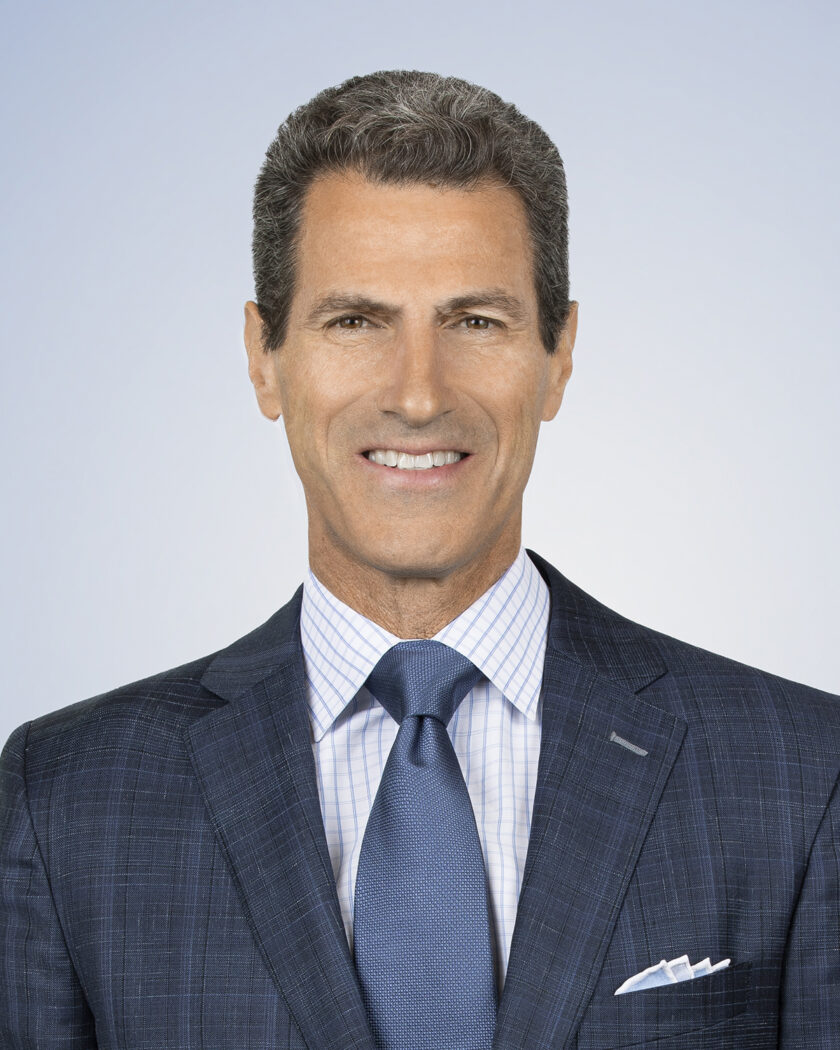
Darin Anderson
Darin Anderson is a catalyst for positive, sustainable, future-forward change. A passionate and inspirational leader, he has guided Salas O’Brien through an era of impressive growth to become one of North America’s leading engineering and technical services firms. Darin is well-known for creating an uplifting environment where everyone achieves their personal and professional goals. He serves Salas O’Brien as Chairman and CEO setting the pace as a model for leadership.
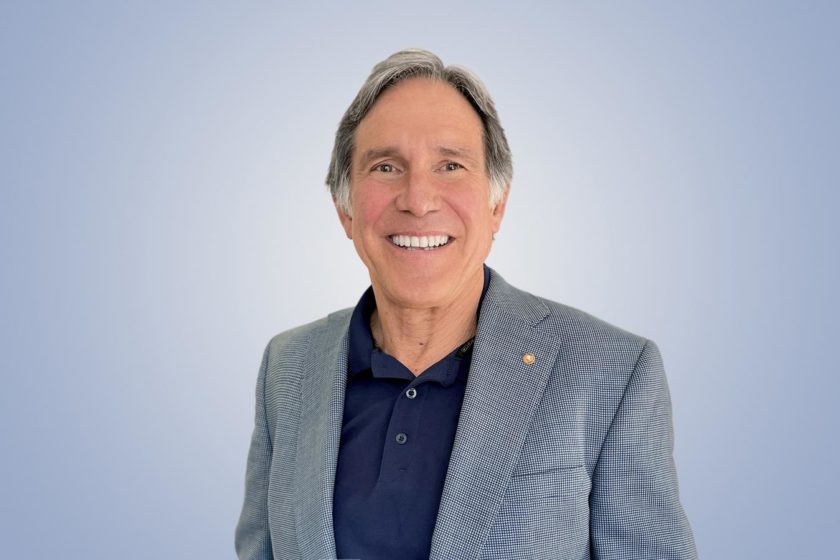
Carl Salas, PE
Carl Salas is a dedicated leader and co-founder of Salas O’Brien, known for his expertise in sustainable design and commitment to helping clients achieve great outcomes. With over 30 years’ experience in the industry, Carl is on the front lines of building a more sustainable world in practical, actionable ways. He is passionate about mentoring the next generation of engineers and is a strong advocate for diversity and inclusion in the workplace. Contact him at [email protected]..